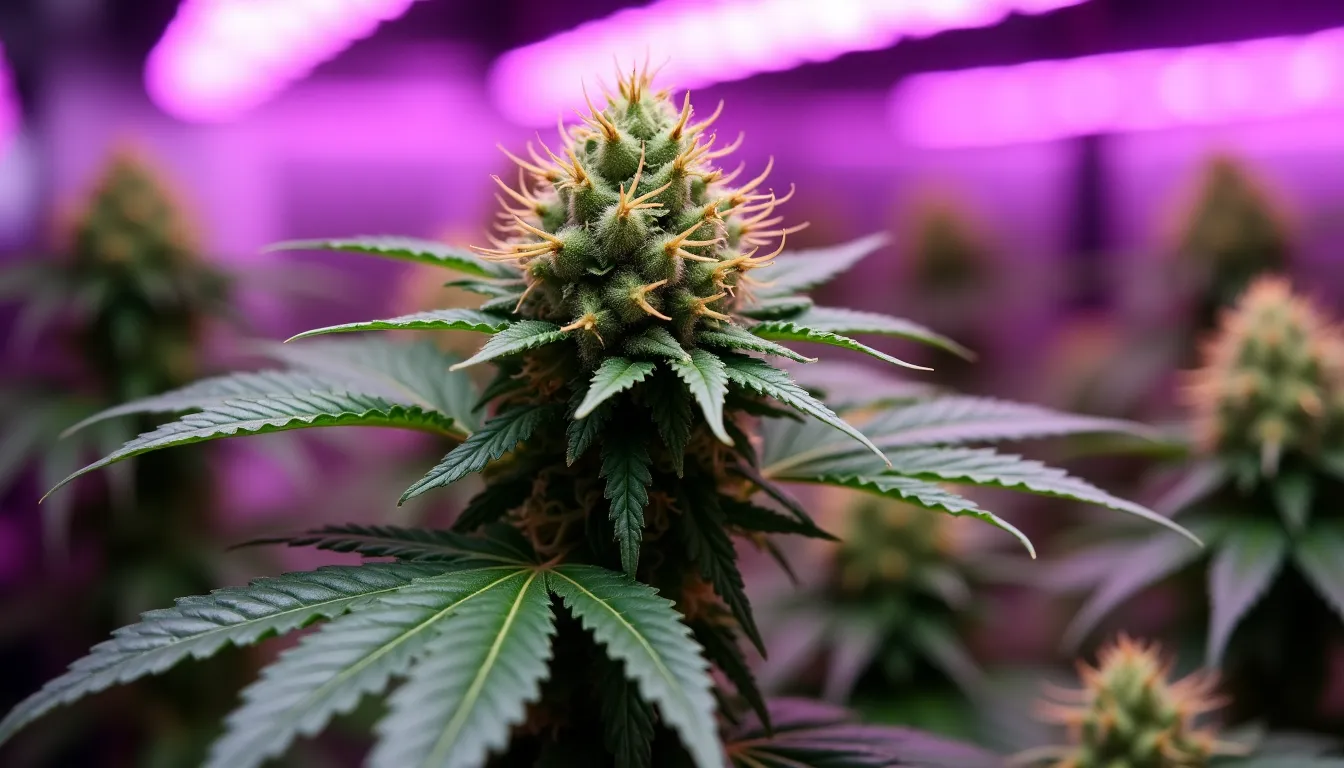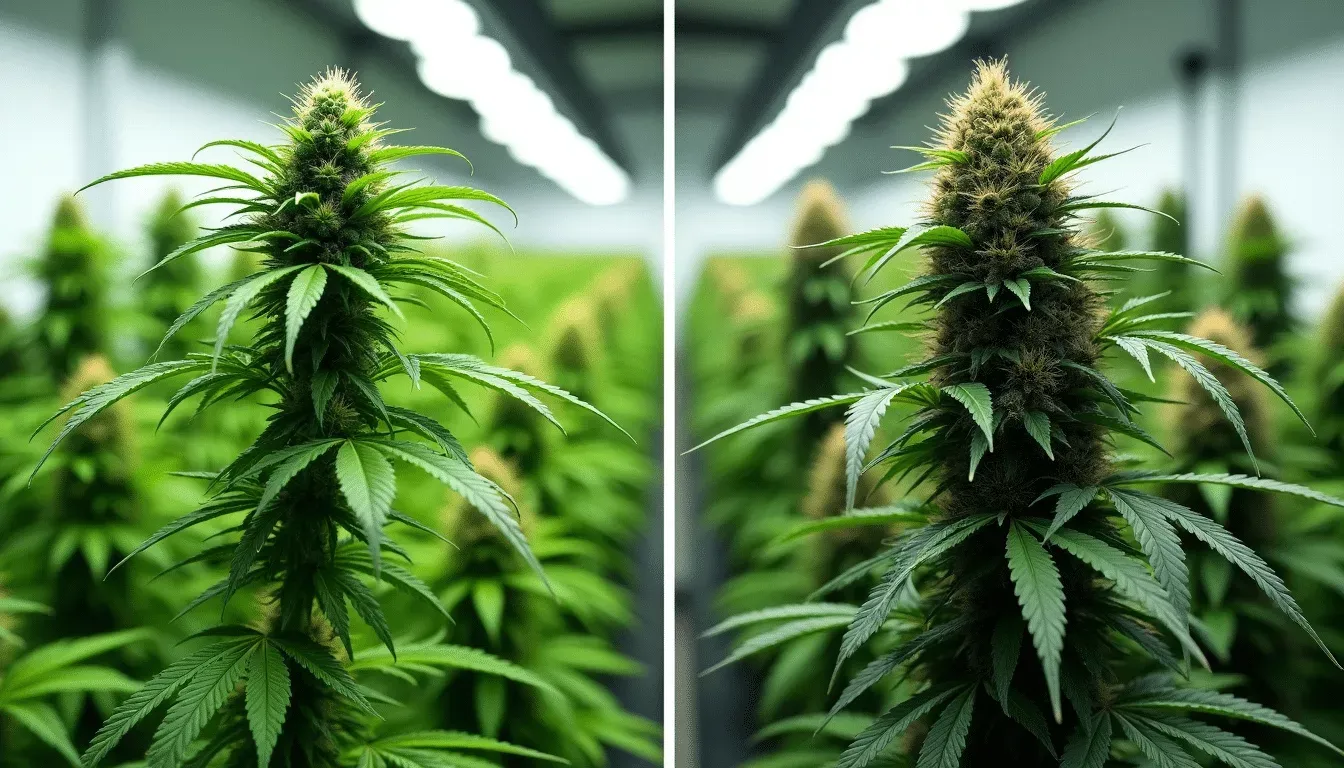Exploring Terpenes: Cannabis Beyond Just THC and CBD
When most people think about cannabis, two compounds generally come to mind – THC (tetrahydrocannabinol) and CBD (cannabidiol). These cannabinoids are noted for their psychoactive and therapeutic effects. However, cannabis is a remarkably complex plant, brimming with a class of aromatic compounds known as terpenes. These unsung heroes play a crucial role in the plant’s overall profile and impact. This article dives deep into the fascinating world of terpenes, explores their significance in cannabis, and guides you on how to better appreciate their natural presence.
What are Terpenes?
Terpenes are naturally occurring aromatic compounds found in a myriad of plants and some animals. They are responsible for the diverse scent profiles of flowers, fruits, and herbs that you encounter every day. When it comes to cannabis, terpenes don’t just stay in the background, adding fragrance to the plant. They actually work in synergy with cannabinoids to enhance and modulate the effects induced by cannabis consumption. For instance, the uplifting characteristics of certain cannabis strains like Lemon Haze can be attributed as much to the terpene limonene as to any cannabinoids present.
The role of terpenes extends beyond just aroma and flavor; they also serve as the plant’s self-defense mechanism against herbivores and other threats. With over 100 different terpenes identified in cannabis, each strain’s unique profile contributes significantly to its unique effects and benefits.
The Benefits and Risks of Terpenes in Cannabis
While THC and CBD have taken the spotlight for their effects on the human body, terpenes also contribute to a range of therapeutic benefits. For example, myrcene, a common terpene in cannabis, is known for its sedative qualities. Limonene offers energetic and uplifting effects, and linalool is famed for its potential to reduce anxiety and contribute to relaxation.
Research suggests that terpenes interact with cannabinoids in what is known as the ‘entourage effect’, a concept highlighting how cannabis compounds work better together rather than in isolation. This means a full-spectrum approach to consuming cannabis – wherein the whole plant’s profile is used rather than isolates of THC or CBD – could yield a more effective experience.
However, while generally safe, terpene consumption in high concentrations can lead to allergic reactions or irritations. It’s crucial to consider individual disparities, as the effect of terpenes may vary from person to person based on genetics, sensitivity, and personal health conditions.
Practical Tips for Exploring Terpenes
If you’re keen on exploring how terpenes affect your cannabis experience, the first step is education. Here’s how you can start:
- Look at Lab Results: When purchasing cannabis, look for lab-tested products that provide a detailed breakdown of not just cannabinoid content but also terpene profiles. This will help you choose strains based on your desired effects.
- Use Your Senses: Pay attention to the aromas when you smell different cannabis strains. This can guide you to identify dominant terpenes and help craft a personal preference palette.
- Experiment Mindfully: Try different strains in small quantities and note the effects they have on your mood, mind, and body. This process of trial and error will help you determine which terpenes work best for you.
- Explore Different Products: Terpenes are not only found in flower but also in other forms such as concentrates, tinctures, and edibles. Combining different products may yield varied experiences.
Conclusion
Terpenes clearly play a pivotal role in bridging the sensory and therapeutic aspects of cannabis. They offer surprising benefits and customize the cannabis experience far beyond what THC and CBD alone can achieve. Understanding terpenes is like unlocking another dimension of cannabis enjoyment and efficacy.
Whether you are a novice or a seasoned user, taking the time to understand and appreciate terpenes will enhance how you perceive and utilize cannabis. To delve deeper into how cannabinoids and terpenes interact, don’t hesitate to explore additional resources or engage in community discussions to expand your knowledge. After all, the world of cannabis is as expansive as it is enriching.
FAQ: The Role of Terpenes in Cannabis
1. What are terpenes in cannabis?
Terpenes are aromatic compounds found in cannabis that contribute to its distinct smell and flavor. They are also present in many other plants and have various effects on the human body.
2. How do terpenes affect the cannabis experience?
Terpenes interact with cannabinoids like THC and CBD to influence the overall effects of cannabis, playing a role in the entourage effect, which enhances or modifies psychoactive and therapeutic effects.
3. Can terpenes have therapeutic benefits?
Yes, terpenes have potential therapeutic benefits, such as anti-inflammatory, anti-anxiety, and pain-relief properties, making them a focus in both cannabis research and aromatherapy.
4. Do terpenes affect the potency of cannabis?
While terpenes themselves may not directly affect potency, they can modify the perceived effects and overall experience by interacting with cannabinoids, thus influencing the potency felt by users.
5. Are some terpenes more beneficial than others?
Different terpenes offer varying benefits depending on their chemical profile. Common beneficial terpenes include limonene for mood enhancement, linalool for relaxation, and myrcene for its sedative effects.
Share this content:



